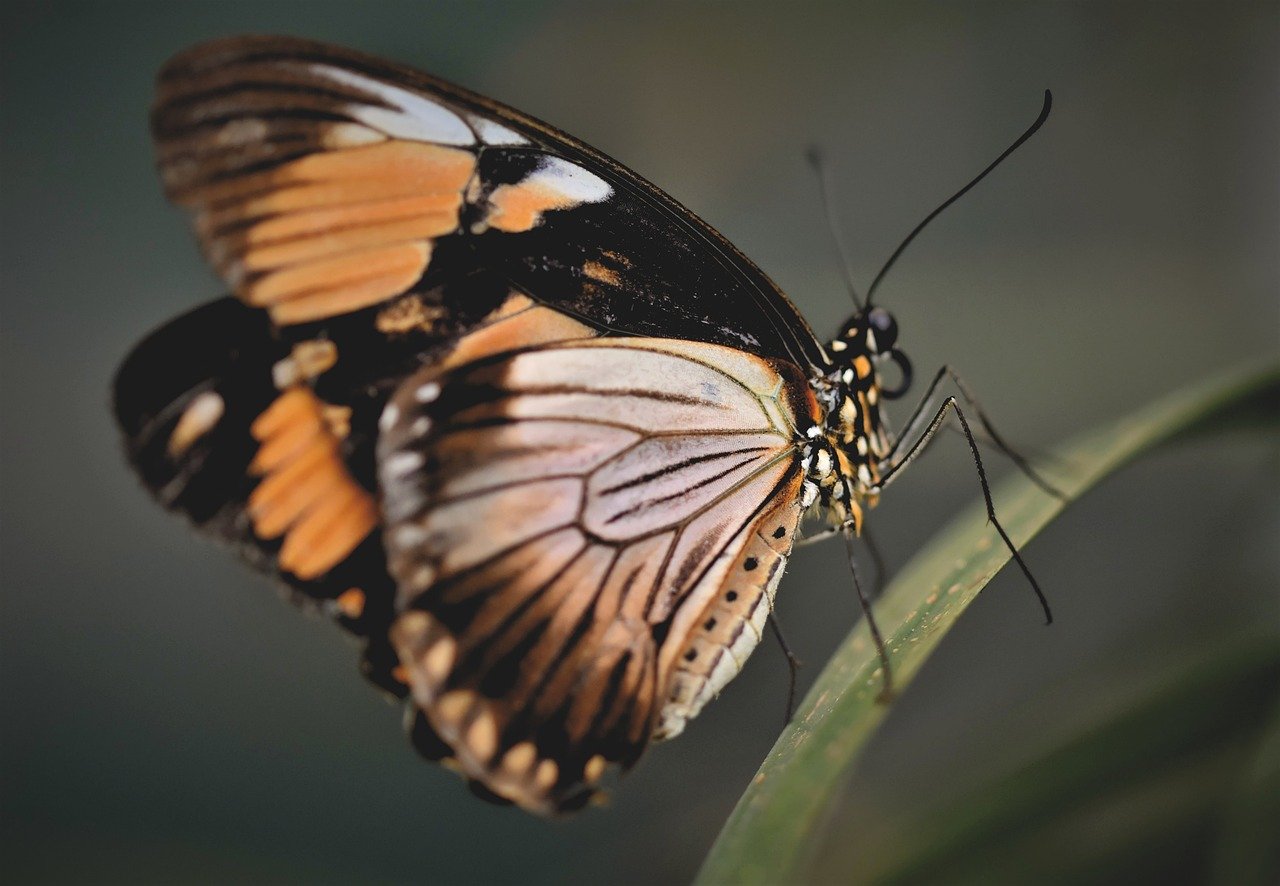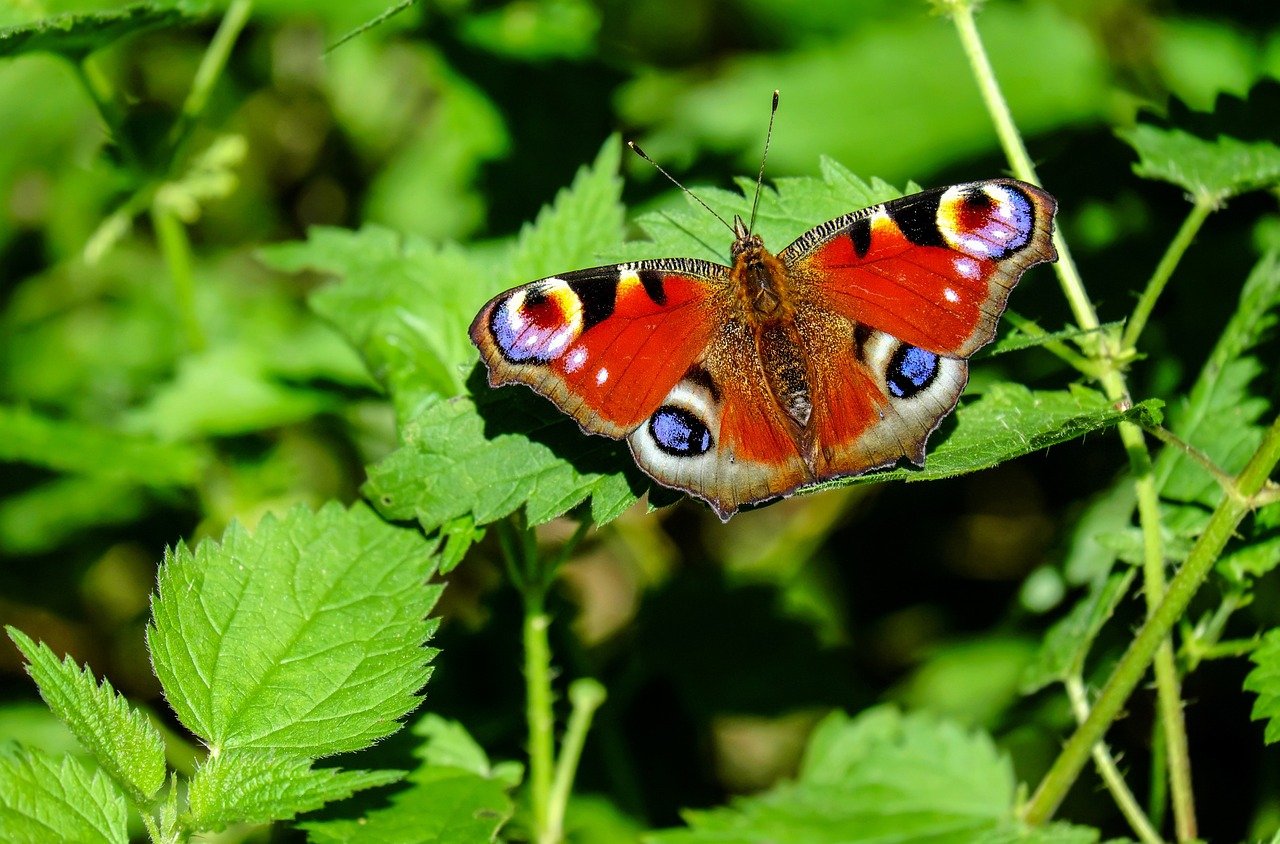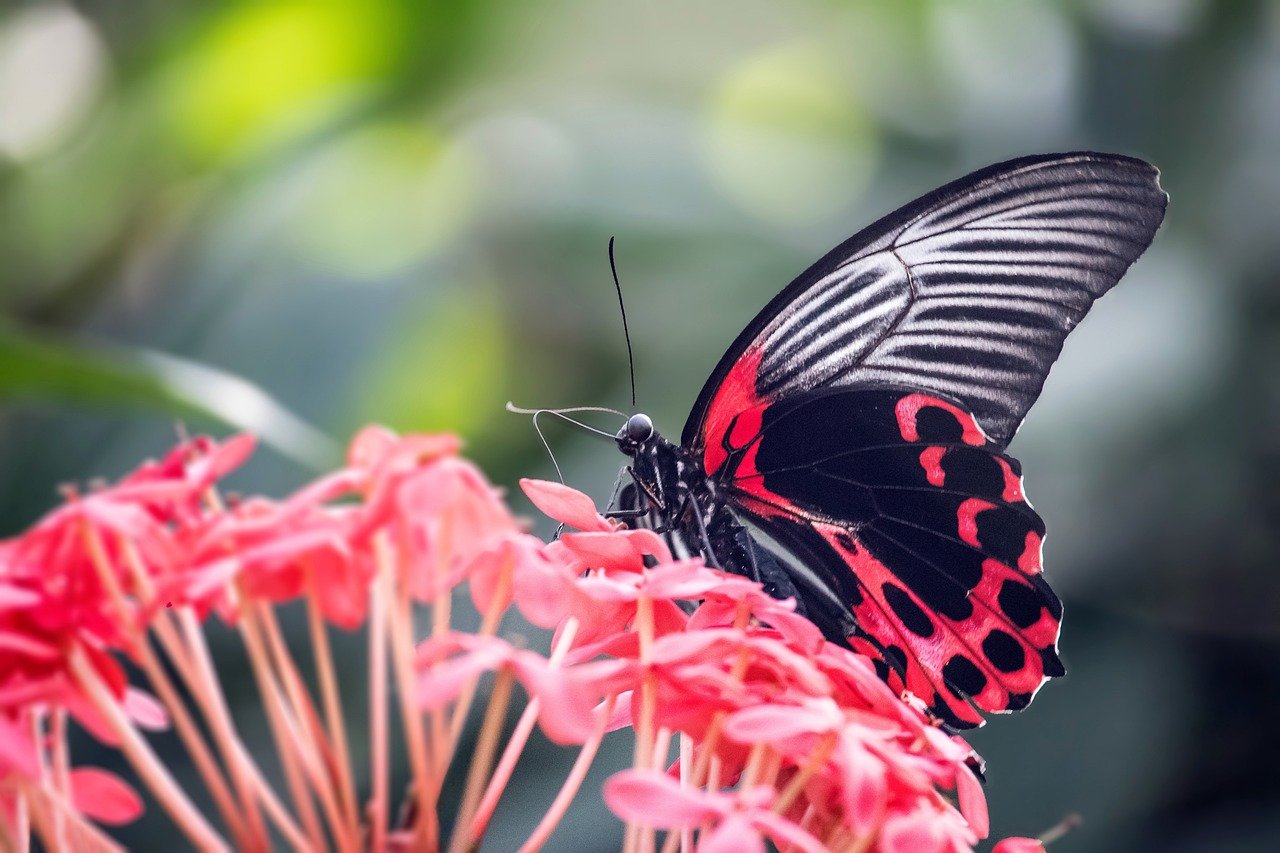In the heart of Southeast Asia, Singapore is a bustling metropolis known for its skyscrapers, lush greenery, and vibrant cultural tapestry. But beneath the urban sprawl lies a delicate and captivating world of butterflies, fluttering gracefully from flower to flower. These winged wonders are not just beautiful; they play a critical role in the ecosystem as pollinators and bio-indicators of environmental health. Encouraging the public to engage in butterfly monitoring projects is essential for the conservation of these delicate creatures and the health of Singapore’s biodiversity. This article explores the importance of public involvement in butterfly monitoring, the methods used, and how Singaporeans can help preserve the future of these enchanting insects.
The Importance of Butterfly Monitoring
Butterflies are more than just a feast for the eyes; they are vital components of our ecosystem. Monitoring butterfly populations provides crucial data about the health of the environment. Changes in their numbers can indicate shifts in climate, levels of pollution, or habitat destruction. By keeping track of butterfly species and populations, we gain insights into the broader health of our natural world. This makes them excellent bio-indicators, signaling changes that might not be immediately visible. Engaging the public in these efforts helps create a more comprehensive data set, leading to more informed conservation strategies.
Citizen Science: A Community Effort

Citizen science projects empower individuals to contribute meaningfully to scientific research. In Singapore, involving the public in butterfly monitoring is a prime example of citizen science in action. Volunteers from all walks of life, equipped with little more than a smartphone and a keen eye, can collect data on butterfly sightings. This grassroots involvement democratizes science, making it accessible to everyone. By participating, citizens not only contribute valuable data but also gain a deeper appreciation for the natural world around them. It’s a perfect blend of education, conservation, and community engagement.
Butterfly Identification: A Skill for Everyone

Identifying butterflies might seem daunting at first, but with a bit of practice, anyone can become proficient. Singapore boasts over 300 species of butterflies, each with unique patterns and colors. Guides and mobile apps make it easier than ever to learn about these species. By teaching the public how to identify butterflies, we empower them to contribute accurate data to monitoring projects. This skill also enhances the experience of nature walks, turning a casual stroll into an exciting quest to spot and identify different species. It’s like bird watching but with a splash of color and whimsy.
Technology at the Forefront
Modern technology plays a pivotal role in butterfly monitoring projects. Smartphone apps designed for butterfly identification and data collection simplify the process for volunteers. These apps often come with features like GPS tagging, which helps scientists understand geographic distribution patterns. Social media platforms also serve as excellent tools for sharing sightings and engaging with fellow enthusiasts. Technology bridges the gap between citizen scientists and professional researchers, creating a seamless flow of information and fostering a sense of community among participants.
Educating the Young: Planting Seeds for the Future
Engaging young people in butterfly monitoring is crucial for long-term conservation efforts. Schools and educational programs can incorporate butterfly monitoring into their curriculum, teaching students about ecology and environmental stewardship. Activities like planting butterfly gardens or organizing field trips to nature reserves can inspire a love for nature and science in young minds. By instilling these values early on, we nurture the next generation of conservationists who will continue to protect and preserve Singapore’s natural heritage.
Creating Butterfly-Friendly Habitats
One of the most effective ways to support butterfly populations is by creating habitats that cater to their needs. Singaporeans can transform gardens, balconies, and community spaces into butterfly-friendly environments by planting native flowering plants. These habitats provide food and shelter for butterflies, encouraging them to thrive. Supporting local nurseries that specialize in native plants also contributes to the local economy. The beauty of these gardens not only attracts butterflies but also enhances the urban landscape, providing a serene escape for people and pollinators alike.
Collaborating with Local Conservation Groups
Partnerships with local conservation organizations amplify the impact of butterfly monitoring projects. These groups often have the expertise and resources to coordinate large-scale efforts and provide training for volunteers. Collaborations can take many forms, from hosting workshops and seminars to organizing community events that raise awareness about butterfly conservation. By working together, individuals and organizations can achieve more significant results, ensuring that butterfly populations are monitored and protected effectively.
Understanding the Challenges
Butterfly monitoring is not without its challenges. Urbanization, habitat loss, and climate change pose significant threats to butterfly populations. Engaging the public in monitoring efforts helps to document these changes and advocate for conservation measures. Understanding these challenges is crucial for developing strategies that mitigate their impact. It also highlights the importance of sustainable development practices that balance economic growth with environmental preservation. By addressing these issues, we can work towards a future where butterflies continue to grace Singapore’s gardens and parks.
The Joy of Participation

Participating in butterfly monitoring projects is a rewarding experience that connects people to nature. The simple act of observing butterflies can bring immense joy and a sense of peace. It’s an opportunity to slow down and appreciate the intricate beauty of these creatures. For many, it becomes a meditative practice, a chance to escape the hustle and bustle of city life. Sharing this experience with family and friends can deepen relationships and foster a shared commitment to conservation. It’s a reminder that even small actions can make a big difference.
A Call to Action
Engaging the public in butterfly monitoring is more than just a scientific endeavor; it’s a call to action for everyone to become stewards of the environment. By participating, individuals contribute to a collective effort to preserve nature’s wonders for future generations. It’s an invitation to explore the natural world, learn new skills, and connect with others who share a passion for conservation. Whether you’re a seasoned nature enthusiast or a curious beginner, there’s a place for you in butterfly monitoring projects. Together, we can ensure that butterflies continue to enchant and inspire for years to come.




